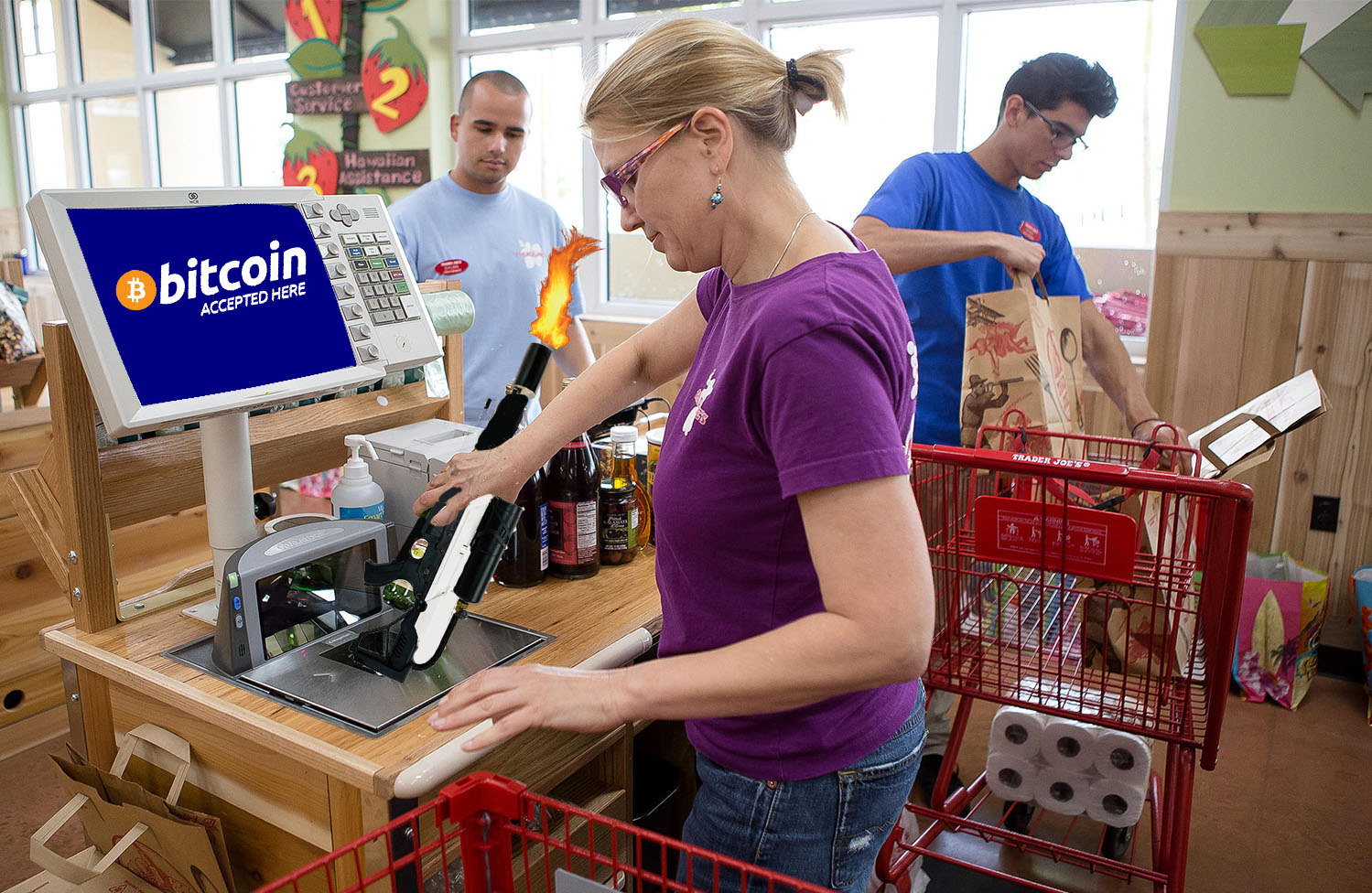When describing Elon Musk, CEO of Tesla (TSLA) , SpaceX, and The Boring Company, many would use terms like “eccentric” or “a little out there.” While I recognize Musk’s eccentricity, Musk so much more than simply “out there.” He is an innovative revolutionary with the creativity to manifest tenable change and the bank account to make his ideas a reality.
When Musk founded The Boring Company in 2016, his primary goal was to mitigate traffic in major cities by creating a network of underground tunnels, allowing for cars to travel both above and below the surface. The Initial Test Tunnel, as its called, is located in Hawthorne, California, and is currently being used for the research and development of The Boring Company’s public transportation projects, “Loop” and “Hyperloop.”
As the company broke first ground on their tunnel in California, Musk thought of no better time to market the Boring brand. He decided to sell a line of very interesting products emblazoned with the Boring Company logo, the most notable product being the “Not-A-Flamethrower.” Originally retailing for $600, the price has now dropped to $500 per flamethrower with an added twist:
The Boring Company is now accepting Bitcoin (BTCUSD), Ethereum(ETHUSD), Litecoin (LTCUSD), and Bitcoin (BTCUSD) Cash as forms of payment.
Historically, Musk has never openly supported cryptocurrency, though he has had several “flirtations” with the blockchain payment system this year. In February, Musk discovered that several false “Musk” twitter accounts were scamming users into giving away their cryptocurrency. He said that he “literally owned zero cryptocurrencies,” and for crypto owners to be on alert for scammers. After delivering this warning, Musk admitted that he owns .25 Bitcoin (BTCUSD) that a friend sent him a while back.
So what does The Boring Company’s accepting of cryptocurrency mean for the crypto market? Analysts are suggesting Musk’s move is one of many that will take place as cryptocurrencies are potentially on the verge of a comeback.
The price of Bitcoin (BTCUSD) was unremarkable on Thursday, furthering a relatively consistent downward trend for the world’s largest digital currency.
- A single bitcoin (BTCUSD) was down 0.29%, trading at $6,453.14 per coin.
The value decrease of cryptocurrency has been the new normal over the last few months, but many believe bitcoin’s lull may be finding its end. Madi Greenspan, a senior market analyst at eToro believes that the market is on the precipice of watching bitcoin breakout once more.
“It’s only a matter of time now. Of course, the flat-line pattern could easily remain for another few months, and that wouldn’t be a bad thing; however, there are signs of excitement boiling underneath the cool price action exterior.”
–Mati Greenspan Senior Market Analyst eToro
As for the evidence backing up Greenspan’s curious claims, let’s turn our attention to the rising number of transactions per second.
For those of us not familiar with how cryptocurrency works, join me for this brief, but informative, aside. All cryptocurrencies use “blockchain” technology, a framework purposed with decentralizing currency and reframing how transactions occur. Blockchain is a digital ledger of economic transactions that can be programmed to record infinite exchanges, while also keeping a record of every person a currency changes hands with.
Imagine a spreadsheet that is shared between a thousand computers. Once you’ve done that, imagine that spreadsheet updating regularly to account for all interactions with the file.
Boom, blockchain.
Attaching this technology to cryptocurrency removes the need for traditional banking systems to monitor transactions and a dramatic increase in fiscal transparency, given that all parties can view transaction history for each BitCoin purchased.
Reverting our attention back to the wise words of Mati Greenspan, transactions per second, between various cryptocurrencies, are increasing, and this serves as a vital barometer for the “scalability of blockchain technology.” Industry experts have been concerned with the ability of blockchain to scale and meet the demands of consumers and creators of new coins alike.
At the time of the dot-com bubble, Alan Greenspan, Chairman of the Federal Reserve, observed that investors were slaves to “irrational exuberance” surrounding the industry, and many believe this is the case with cryptocurrencies today. The price of bitcoin has been more erratic than a first-grader full of birthday cake, trading at $20,000 at its height and now selling for less than $7000.
Many startups have looked into the viability of initial coin offerings (ICO) as a means for tapping into a liquid market without the need for intermediaries and funding their companies. Unlike IPOs, investors do not receive company stock. Rather contributors receive tokens that can be traded on crypto exchanges, according to the Brookings Institution.
The future of cryptocurrency is dependent on the scalability of blockchain technology to meet the demands of consumers, as well as the commitment of long-term investors to see their investments in coins to the end. If the industry reveres Elon Musk as much as they do, perhaps his adoption of the coin as payment for The Boring Company is an indication that the crypto market is about to trend upwards.





